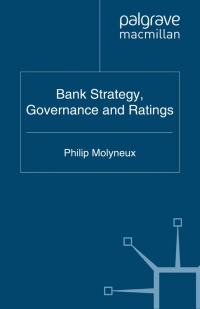
Coca-Cola Financial statement analysis: cash, cash equivalents and receivables (Due on 09/20/20) Please carefully read the Financial Statements and accompanying notes of the Coca Cola Company for 2019 and answer the following questions related to cash, cash equivalents and receivables. Please clearly indicate the financial statement, the note number and the page number, next to you answer to each question. (1) What was the $value of cash and cash equivalents for 2019 and 2018? (2) What items were included under cash and cash equivalents (Hint: look in the summary of major accounting policies in the notes to the financial statements)? (3) What was the $value of gross trade receivables for 2019 and 2018? (4) What was the receivables turnover for 2019? (5) Compute the changes in cash, cash equivalents and receivables from 2018 to 2019. Do you think Coca Cola's condition in these assets had improved or worsened? Please explain why you think it had improved or worsened. (6) What was the valuation basis that Coca Cola used to report trade accounts receivable (See notes to the financial statements)? (7) What factors did Coca Cola consider in the estimation of bad debts expenses (See notes to the financial statements) (8) What was the Svalue of trade receivables written off in 2019 and 2018 (See notes to the financial statements) Coca-Cola Financial statement analysis: cash, cash equivalents and receivables (Due on 09/20/20) Please carefully read the Financial Statements and accompanying notes of the Coca Cola Company for 2019 and answer the following questions related to cash, cash equivalents and receivables. Please clearly indicate the financial statement, the note number and the page number, next to you answer to each question. (1) What was the $value of cash and cash equivalents for 2019 and 2018? (2) What items were included under cash and cash equivalents (Hint: look in the summary of major accounting policies in the notes to the financial statements)? (3) What was the $value of gross trade receivables for 2019 and 2018? (4) What was the receivables turnover for 2019? (5) Compute the changes in cash, cash equivalents and receivables from 2018 to 2019. Do you think Coca Cola's condition in these assets had improved or worsened? Please explain why you think it had improved or worsened. (6) What was the valuation basis that Coca Cola used to report trade accounts receivable (See notes to the financial statements)? (7) What factors did Coca Cola consider in the estimation of bad debts expenses (See notes to the financial statements) (8) What was the Svalue of trade receivables written off in 2019 and 2018 (See notes to the financial statements)







